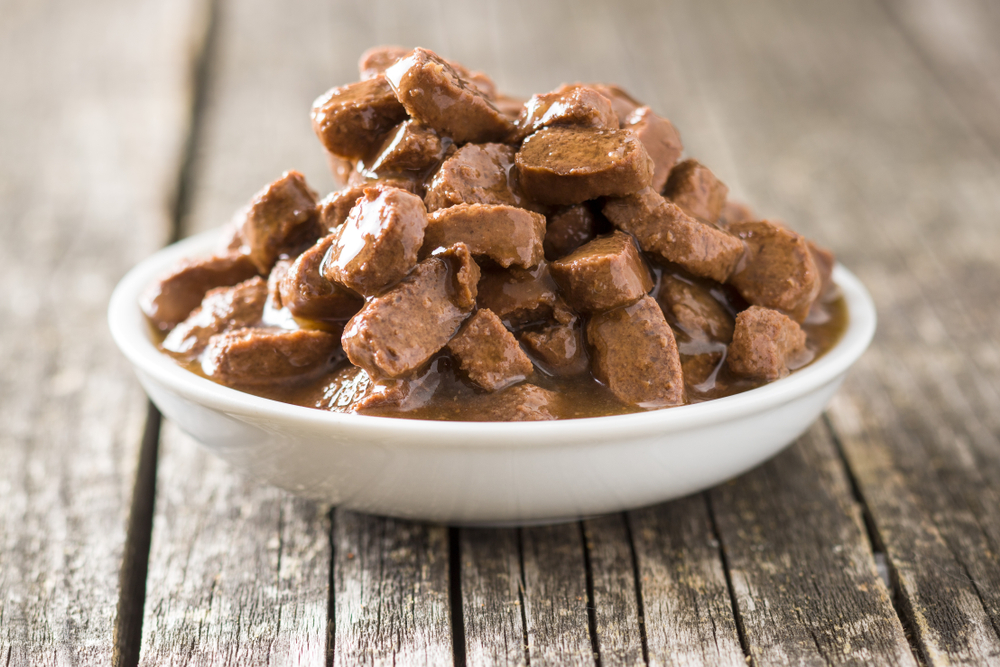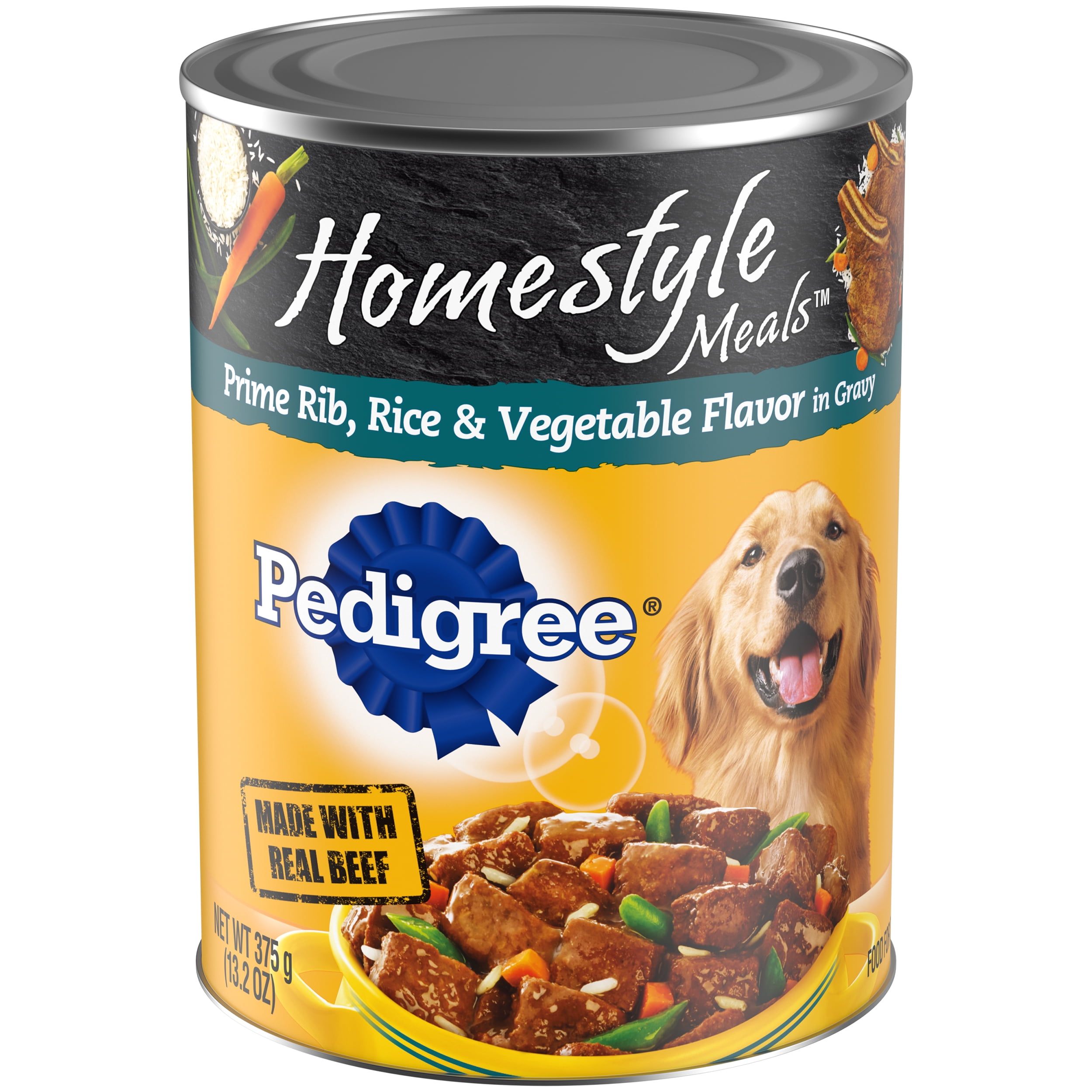
The Complete Guide to Wet Food for Large Dog Breeds: Nutrition, Benefits, and Best Choices
Large dog breeds, with their impressive size and energy, have unique nutritional needs. Choosing the right food is critical for their overall health, joint support, and maintaining a healthy weight. While dry kibble is a common choice, wet food (also known as canned food) offers distinct advantages and can be an excellent addition to or even the primary component of a large dog’s diet.
Why Consider Wet Food for Your Large Breed Dog?
Wet food boasts several benefits that make it a compelling option for large dogs:
-
Higher Moisture Content: Wet food is typically 70-80% water. This high moisture content is crucial for hydration, especially for dogs who don’t drink enough water on their own. Adequate hydration supports kidney function, digestion, and overall vitality. For large breeds prone to bloat (gastric dilatation-volvulus), proper hydration can aid digestion.
-
Palatability: Many dogs find wet food more appealing than dry kibble due to its aroma and texture. This can be particularly helpful for picky eaters or dogs with dental issues that make chewing difficult. Senior large breeds often benefit from the softer texture of wet food.
-
Nutrient Density: Wet food can be highly nutrient-dense, meaning it packs a significant amount of protein, healthy fats, and essential vitamins and minerals into a smaller serving. This is especially important for large breeds, who require a concentrated source of nutrition to support their muscle mass, bone structure, and overall health.
-
Weight Management: While it may seem counterintuitive, wet food can aid in weight management. The high water content helps dogs feel fuller, which can reduce overeating. Additionally, some wet food formulas are lower in carbohydrates than dry kibble, making them a better choice for dogs prone to weight gain.
-
Joint Health: Large breeds are predisposed to joint problems like hip and elbow dysplasia. Some wet food formulas are enriched with glucosamine and chondroitin, which are known to support joint health and mobility. These supplements can help reduce inflammation and alleviate discomfort.
Nutritional Needs of Large Breed Dogs: What to Look For in Wet Food
When selecting wet food for your large breed dog, prioritize the following nutritional components:
-
High-Quality Protein: Protein is the building block of muscle tissue and essential for growth and repair. Look for wet food that lists a named animal protein source (e.g., chicken, beef, lamb, fish) as the first ingredient. Avoid foods with vague protein sources like "meat by-products" or "animal digest." Large breed puppies need a protein content of around 25-28%, while adult dogs can thrive on 18-25%.
-
Healthy Fats: Fats provide energy, support hormone production, and promote healthy skin and coat. Look for sources of omega-3 and omega-6 fatty acids, such as fish oil, flaxseed oil, or sunflower oil.
-
Moderate Carbohydrates: While carbohydrates are a source of energy, large breed dogs don’t require excessive amounts. Opt for wet food with limited carbohydrate content, and choose complex carbohydrates like brown rice, sweet potatoes, or oats over fillers like corn, wheat, or soy.
-
Essential Vitamins and Minerals: Wet food should be fortified with essential vitamins and minerals, including vitamins A, D, E, B-complex vitamins, calcium, phosphorus, and zinc. These nutrients support various bodily functions, including immune system health, bone strength, and nerve function.
-
Joint Support Ingredients: As mentioned earlier, glucosamine and chondroitin are beneficial for joint health. Look for wet food formulas that include these ingredients, especially if your dog is prone to joint problems or is a senior.
-
Fiber: Fiber aids in digestion and promotes healthy bowel movements. Look for sources of fiber like beet pulp, pumpkin, or psyllium husk.
What to Avoid in Wet Food for Large Breed Dogs
-
Artificial Colors, Flavors, and Preservatives: These additives offer no nutritional value and can potentially cause allergic reactions or sensitivities.
-
Excessive Fillers: Fillers like corn, wheat, and soy are often used to bulk up food without providing significant nutritional benefits. They can also be difficult for dogs to digest.
-
High Sodium Content: Excessive sodium can contribute to high blood pressure and other health problems.
-
Propylene Glycol: This ingredient is sometimes used as a preservative, but it can be harmful to dogs.
How to Incorporate Wet Food into Your Large Breed Dog’s Diet
-
Complete and Balanced Meal: Some wet food formulas are designed to be complete and balanced meals, meaning they provide all the nutrients your dog needs. These can be fed as the sole source of nutrition.
-
Mix with Dry Kibble: You can mix wet food with dry kibble to enhance palatability and increase moisture intake. Adjust the portions of each food to ensure your dog is getting the right amount of calories and nutrients.
-
Occasional Treat or Topper: Wet food can also be used as an occasional treat or topper to add variety to your dog’s diet.
Feeding Guidelines and Considerations
-
Read the Label: Always read the feeding guidelines on the wet food label and adjust the amount based on your dog’s age, weight, activity level, and overall health.
-
Monitor Your Dog’s Weight: Regularly monitor your dog’s weight and body condition to ensure they are maintaining a healthy weight. Adjust the amount of food as needed.
-
Introduce Gradually: If you are switching your dog to wet food, introduce it gradually over a period of 5-7 days to avoid digestive upset.
-
Consult Your Veterinarian: Consult with your veterinarian to determine the best diet for your large breed dog, especially if they have any underlying health conditions.
-
Storage: Once opened, wet food should be refrigerated and used within 2-3 days.
Tips for Choosing the Best Wet Food
- Do Your Research: Read reviews, compare ingredients, and consult with your veterinarian to find the best wet food for your dog’s specific needs.
- Consider Your Dog’s Age: Puppies, adults, and seniors have different nutritional needs. Choose a formula that is appropriate for your dog’s life stage.
- Address Specific Health Concerns: If your dog has any health concerns, such as allergies, sensitivities, or joint problems, look for wet food formulas that are specifically designed to address those issues.
By carefully considering the nutritional needs of large breed dogs and choosing high-quality wet food, you can help your canine companion thrive and enjoy a long, healthy life.

